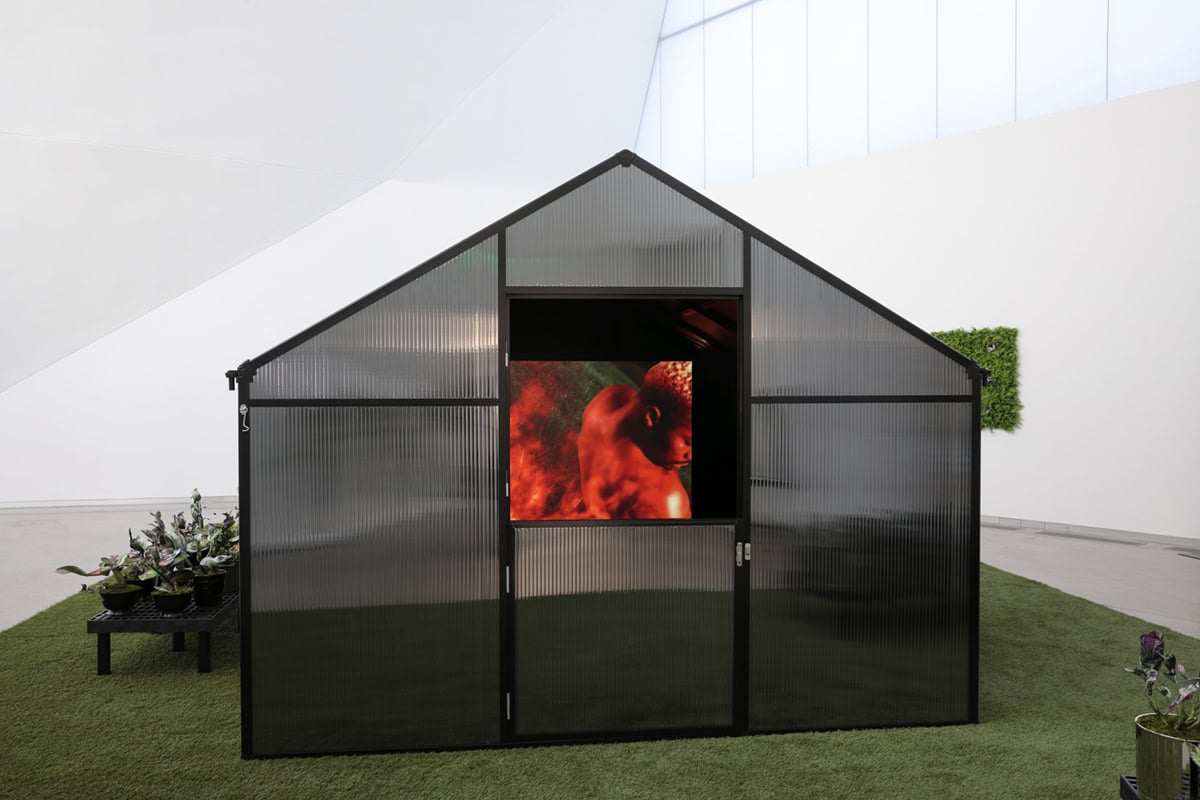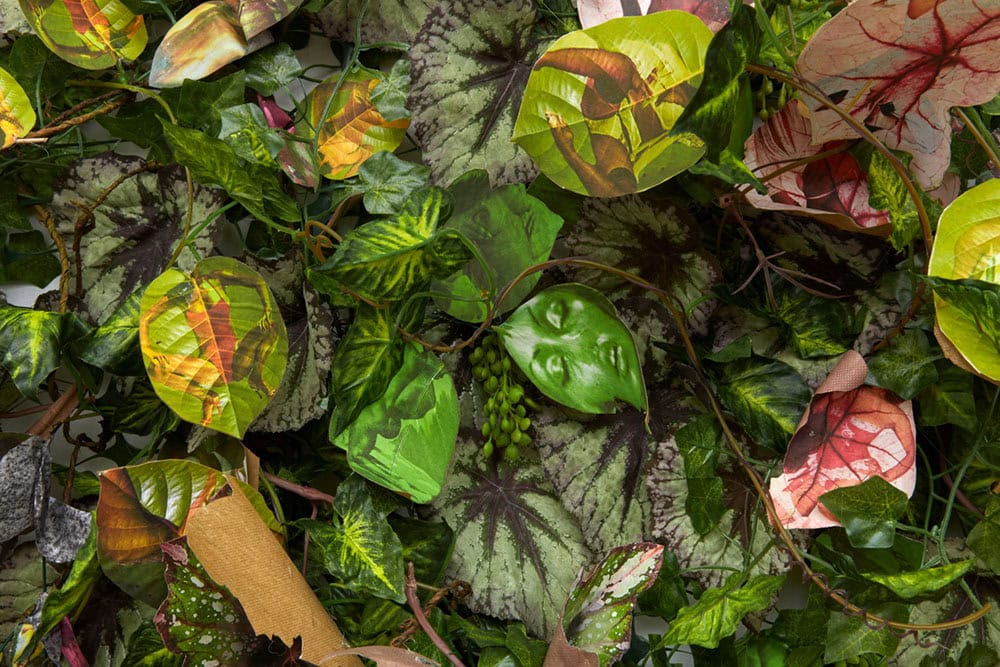
Staggered along Virginian waterways—the same aquatic routes jetting from Richmond that established the intranational slave trade—are the Lorton Reformatory and the Virginia State Farm Prison of Goochland County. Having operated from 1910 to 2001, the Lorton Reformatory was developed to hold Washington D.C.’s “mundane disorderlies,” or the men and women indulging in the capital’s brothel and bar scenes. Under the guise of rehabilitation, Lorton prisoners were subjected to agricultural labor programs ranging from the cultivation of fields, pasture lands, poultry farms to hog ranches and blacksmith shops all spread across the nearly 3,200 acre campus. In the 1970s and 1980s, the facility also held noteworthy musicians, including “the Godfather of Go-Go” Chuck Brown and Bad Brains front man H.R, one of the many cultural moments overlooked and unremarked at prison centers due to inaccessible or incomplete archival resources. By 2002, after decades of overcrowding and disrepair, the Reformatory was converted into the Workhouse Art Center, now a locally revered visual and performing arts hub composed of artist studios, music rooms, and galleries.
By comparison, the Virginia State Farm Prison, which operated from 1896 to 2011 and still has areas in use today, served as a cinematic backdrop for performative, reenactments of slavery in Harriet (2019) and Lincoln (2012) where real, enforced labor occurred. Each prison is uncanny in their contemporary reproduction of colonial plantation-style architecture, landscape, suppression of culture, and—of course—exploitative labor.
This repetition of history, most notably the ways oppressive labor systems continue to remanifest throughout time, is certainly not lost on Los Angeles-based artist Kandis Williams.

In her newly commissioned, site-responsive installation A Field at the Institute for Contemporary Art at Virginia Commonwealth University (ICA VCU), Williams explores the entrenched narrative of agricultural labor, horticulture, and Blackness. In a display of tactile and digital collages entangling plant life and Black bodies, the artist’s first institutional solo show identifies the similarities of subjugation and control between incarcerated people of Virginian prison farms and the crops they cultivated. Potent and timely, A Field addresses the ongoing, nuanced modes of exploitation—as seen with recent labor operations in Virginian prison systems—and the continuous reaping of Black culture.
To reference the history of agricultural labor at the two Virginian penitentiary centers, Williams reimagines a horticultural center complete with potted, wire-sculpted plants, vinelike wall-hangings, and a full-size greenhouse displaying the video work Annexation: A Tango. The fabricated plants represent a range of species with ties to historic exploitation and cultural repurposing, including monsteras, palms, banana trees, and vines. – Today a popular ornamental house plant, the Mexican species of monsteras were historically cultivated for its breadfruit by indigenous peoples. By the fifteenth century, however, it was later traded ubiquitously across “old” and “new” worlds via the Columbian Exchange and bred to no longer bear fruit. Williams tacks these faux plants with cut-out archival images of active, laboring Black bodies. Some are of Mississippi chain gangs, tango dancers, and hypersexualized models from Black editorial magazines like Jet and Players. In one fell swoop, Williams converges the non-human and human to articulate their common ancestry of subjugation, displacement, and commodification, while also suggesting the power of remaining wild by resisting cultivation.
Without prior knowledge of the dance’s history, Annexation: A Tango was a work that inspired questions as to why Williams paid such keen attention to the tango, and what possible relationships it had to nature and labor systems. Immersed in aerial footage of Virginia farm prisons, various sites of Richmond, as well as scenes from the recent Los Angeles wildfires, dancer Roderick George performs the tango with an abstracted figure to percussive, fast-tempo music. Given its rhythmic drive and tensioned choreography cast within historically fraught sites of violent exploitation, my immediate interpretation revolved around the dissemination of African traditions since the colonial era and the vastitude of Black collective trauma. It was not until watching Williams’ interview with ICA Associate Curator Amber Esseiva that the reason behind including the tango became clear.

The artist eloquently explains the Central and West African origins of the tango as a dynamic dance infused with spiritual, metaphorical meanings with each kinetic movement. Introduced to South America in the mid-nineteenth century by enslaved Africans arriving via the Transatlantic Slave Trade, the tango was quickly appropriated, reworked, and repurposed into dances serving the co-opters’ agenda. The candombe, for example, was one of tango’s original forms performed by African descendants living in Uruguay and Argentina’s impoverished areas in the 1830s to 1840s. It was later fetishized by native South American men who employed the candome’s sensual, cheek-to-cheek postures as a choreographic display of infatuation and possession of their partner or another being. Now a collage-like product composed of South American and even Italian interventions, the tango encapsulates the ways absorption and annexation equates to cultural erasure.
In all respects, A Field is a collage that collapses time, geography, and people. The conceptual connective tissue throughout Williams’ career, collage is thus the multi-faceted vehicle through which the artist unpacks the complexities of culture. While her most obvious application of collage is the traditional, interweaving of found images, it is her approach to the tango as a kinetic, cultural compilation that is a truly unique ideation of the medium. Williams’ layering in the tactile sculpted plants and digital video strategically engages with the mechanics and metaphors of visibility and invisibility. As such, her collage works are able to speak to the ways cultural hybridization simultaneously promotes, buries, and blends narrative—very much like the transculturation of Black histories that she so poignantly brings to our attention.
Kandis Williams: A Field is on view at ICA VCU through August 1, 2021.




